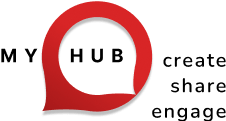This article presents a collection of 81 carefully selected quotes about employee engagement, drawn from leadership figures, business thinkers, and motivational voices. It begins by explaining that while quotes may seem simple, their power lies in context—used thoughtfully they can underscore culture, values, and recognition within the workplace.
The piece is structured into themed sections — for example: quotes on the importance of engagement, for managers, for retention, and for recognition. Each section offers sample quotes that organisations can embed into intranet pages, newsfeeds, celebration boards or team-chat channels to reinforce engagement. It also includes guidance on how not to over-use quotes: the risk being that too many or inappropriate use can dilute sincerity.
Finally, the article emphasises that quotes are a tool — not a substitute for action. They work best when paired with tangible engagement strategies: clear communication, recognition, purpose-driven work, feedback systems and intranet features that support visibility and belonging. In other words, use the quotes to amplify culture, but keep engagement real.










